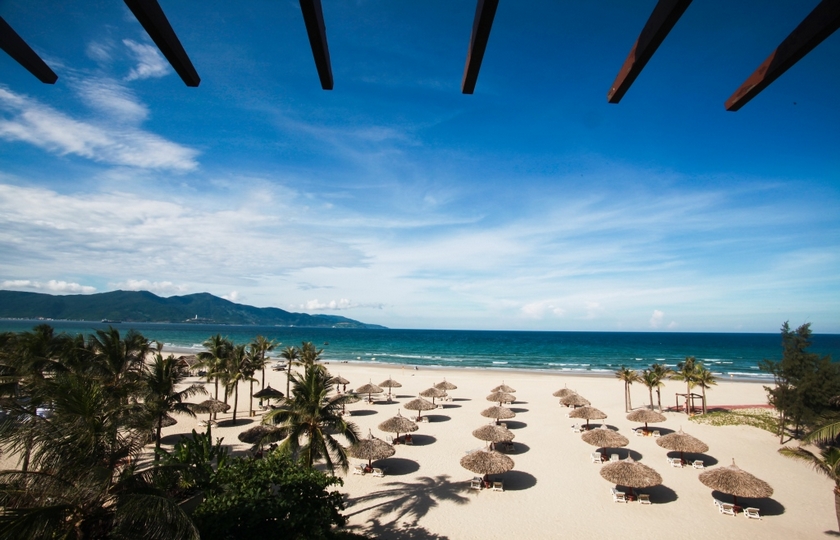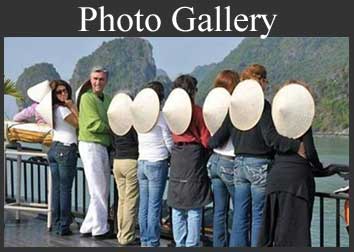Hai Van Pass
Hai Van Pass crosses over a spur of the Truong Son, range that emerges from the west and juts into the East Sea, forming the Hai Van Peninsula and the adjoining Son Tra Island

The pass, which once formed the boundary between the kingdoms of Dai Viet and Cham Pa, also forms a boundary between the climates of northern and southern Vietnam, sheltering the city of Danang from the “Laos Winds” that blow in from the northwest. During the winter months (November–March), for instance, weather on the north side of the pass might be wet and cold, while the south side might be warm and dry.
Hai Van Pass is an approximately 21km long mountain pass on National Road 1A in Vietnam. It traverses a spur of the larger Annamite Range that juts into the East Sea, on the border of Danang City and Hue Province, near Bach Ma National Park. Its name refers to the mists that rise from the sea, reducing visibility. Historically, the pass was a physical division between the kingdoms of Cham Pa and Dai Viet.
The twisting road on the pass has long been a challenge for drivers traveling between the cities of Hue and Danang. Since the completion of Hai Van Tunnel, traffic flow and safety have improved. This pass has been the scene of at least two of Vietnam’s most serious rail accidents, and at least one air crash.
Hai Van Pass has been of major strategic importance in this history of Vietnam, and for a long time represented a major barrier to any land army that attempted to move between the northern and central regions of the country. In the middle of the 1st century, the Chinese general Ma Yuan, after pacifying northern Vietnam, advanced south and established the southern border of the Han Empire by setting up columns of bronze, possibly at Hai Van. Ma Yuan also left behind some Chinese military families to hold the frontier. When the Han Empire collapsed at the end of the 2nd century, the local kingdom of Linyi, the predecessor to the medieval polity of Cham Pa, was created by a petty frontier bureaucrat of the Han administration, probably in the area of modern Hue somewhat to the North.


.jpg)
.jpg)

.jpg)




